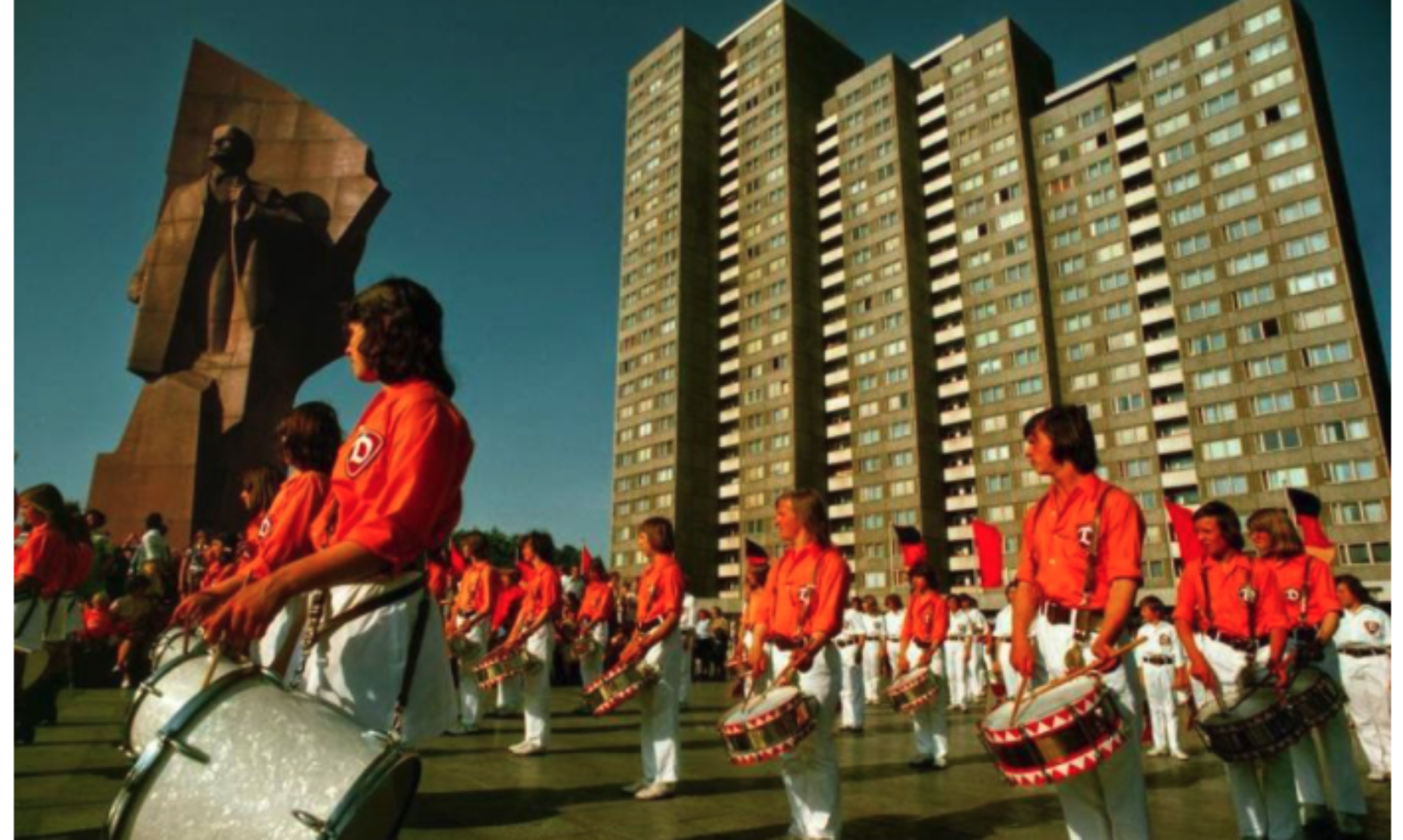While reading Burned Bridge and the re-telling of the border-centered festivals organized throughout the 1950s, the thing that struck me the most is the sheer chaos that would have come about during the mass border crossings, and the shopping rushes that residents recount. I understand the need to buy supplies, trade items, and visit friends or family, the idea that people returned (sometimes begrudgingly) and did so regularly was what surprised me. While the memory of the Cold War is predominated by the narrative that there was strict and unmoving control, this narrative shows that there was a period of semi-relaxed border patrol. While tensions remained and divisions grew, the people still had the opportunity on certain days to flood the other side in order to shop, eat, and drink.
These interactions aid in the narrative that the Cold War did not immediately settle into such a hardened and established tension that is described by many; there remained areas and borders that were open and while contested by residents and the local governments, their relations remained intact for some time. Only later in the 1950s did the borders officially close, and residents were forced to move or flee West. Until that point, both East and West Germans seemed to assimilate into this routine of border-crossing, despite the harassment and tensions that came along with it.
From this more-defined narrative given from Sheffer, I’m contemplating a few things: How does this frame the future of East-West German relations? How much did the “local participation” prevail with these interactions as Sheffer puts it, and what could they have changed, if anything?
